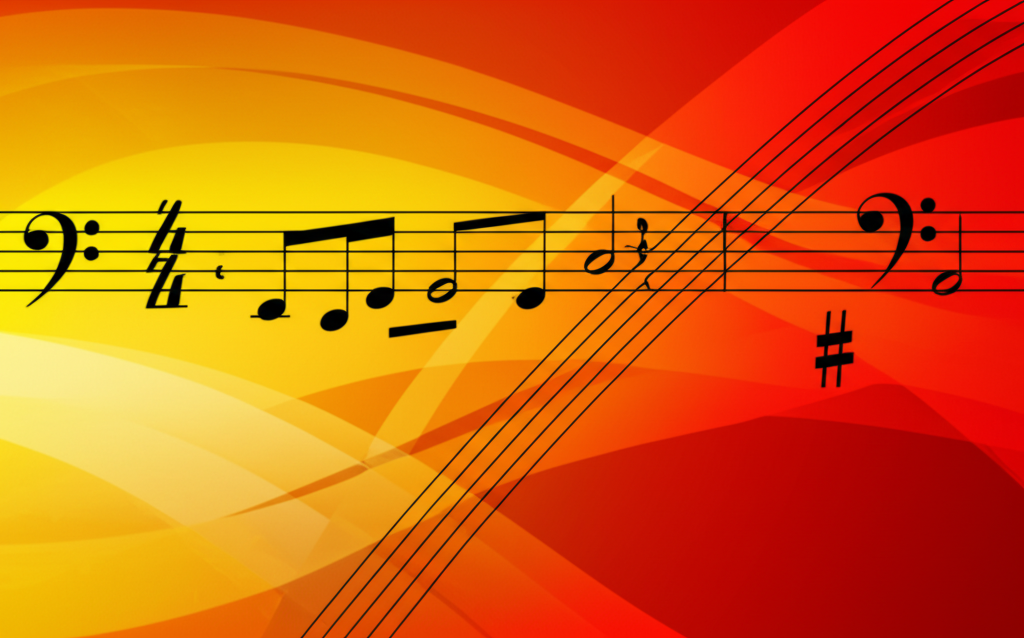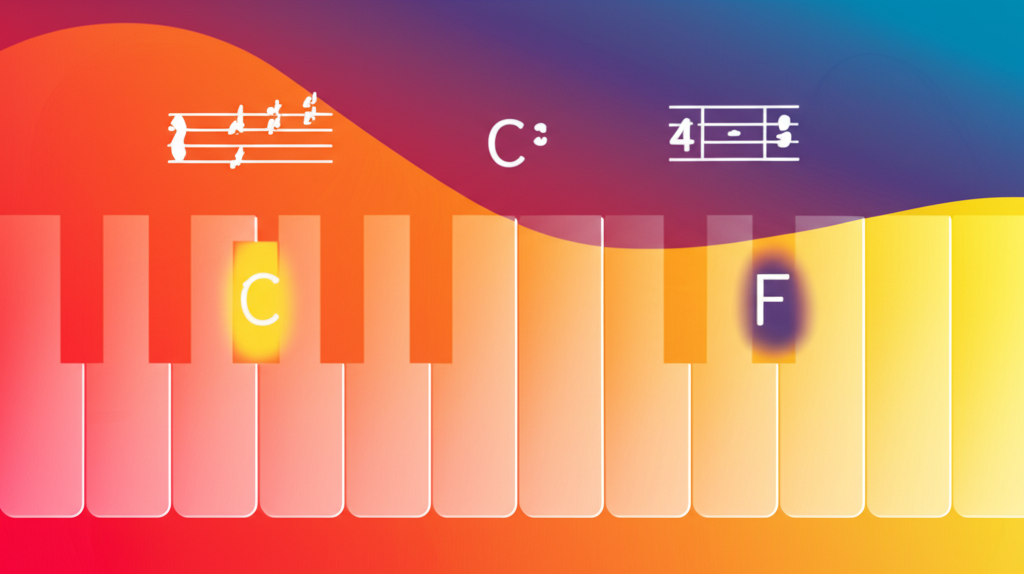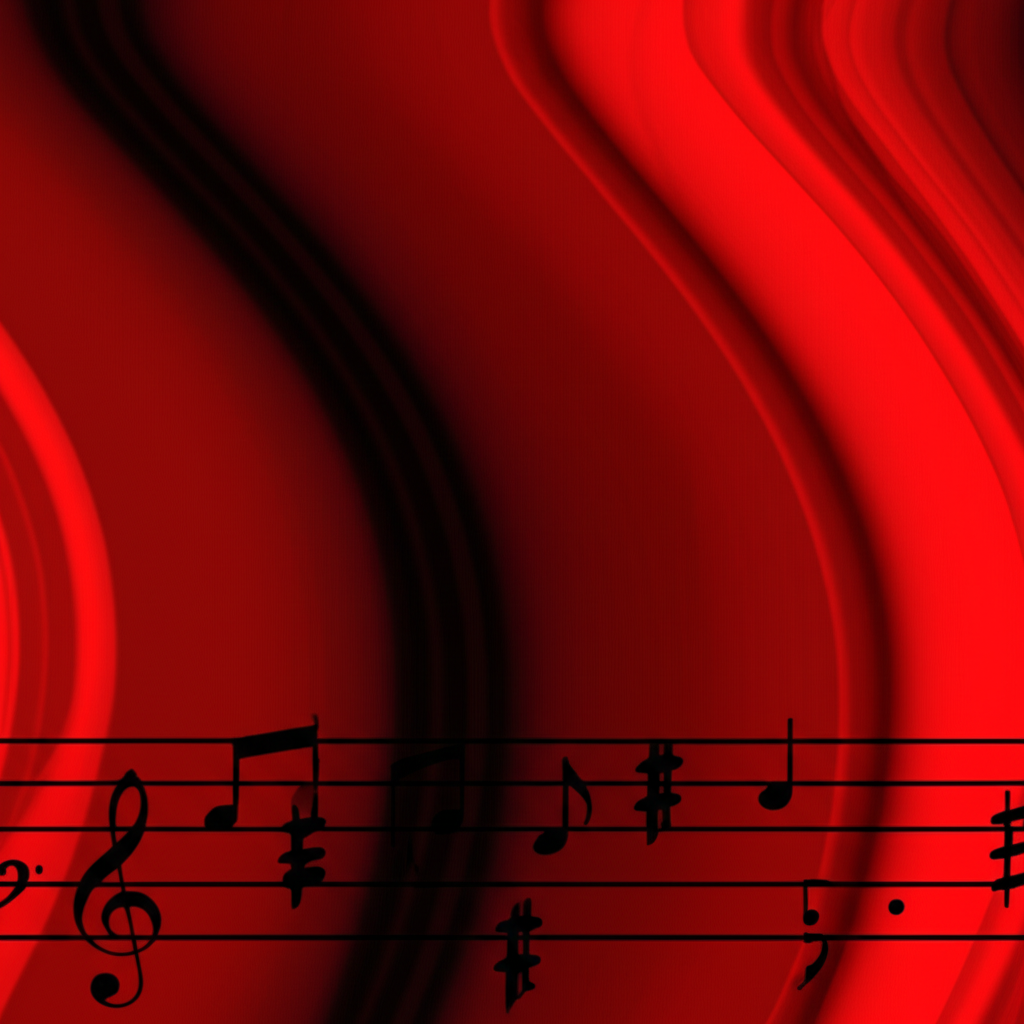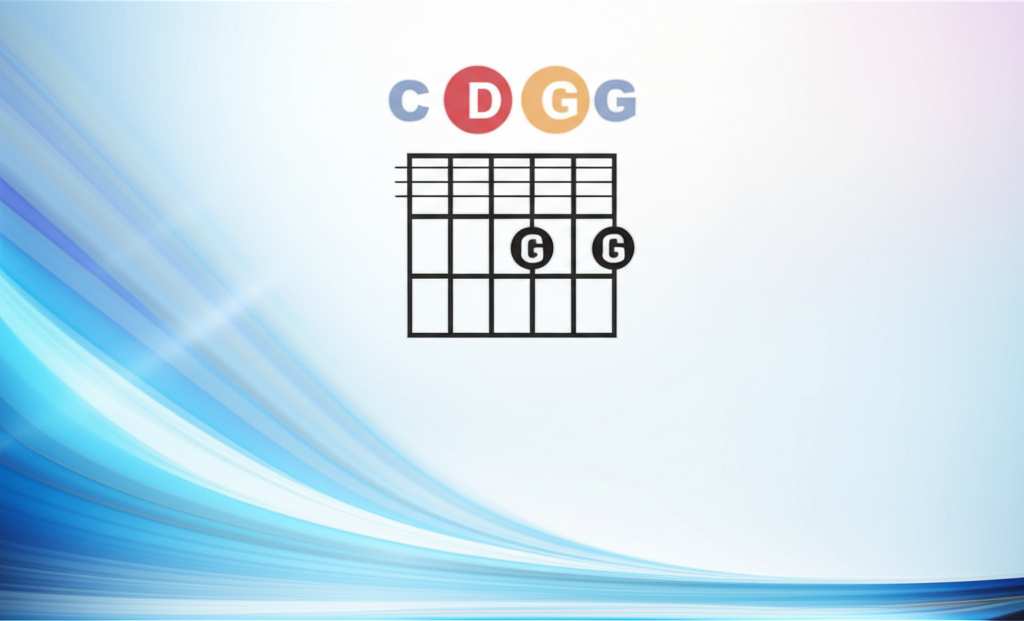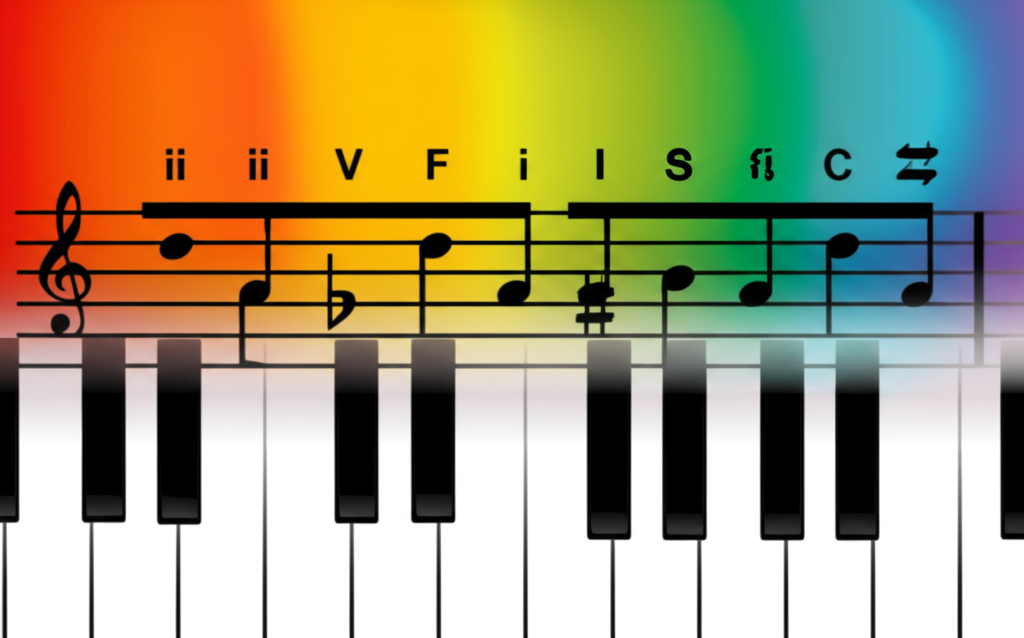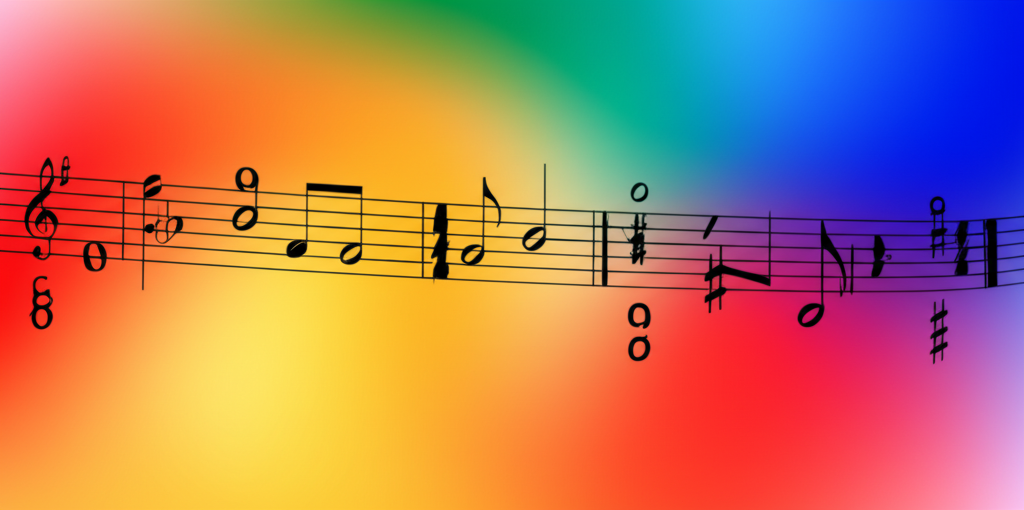
Diminished Seventh Chord: The Master of Musical Tension

b4n1
June 14, 2025, 7:04 p.m.
Diminished Seventh Chord: The Master of Musical Tension
Summary:
The diminished seventh chord is one of music's most dramatic and versatile harmonic tools. Built from stacked minor thirds, this symmetrical chord creates intense tension and can modulate to any key, making it a favorite among composers for creating surprise, suspense, and smooth voice leading.
Keywords:
diminished seventh chord, fully diminished chord, symmetrical chord, enharmonic equivalence, voice leading, chromatic harmony, tension and resolution, modulation
Introduction:
The diminished seventh chord stands as one of the most enigmatic and powerful chords in Western harmony. Its unique construction and harmonic properties have made it indispensable to composers across all musical periods. From Bach's intricate counterpoint to jazz standards and film scores, the diminished seventh chord provides unparalleled dramatic tension and smooth voice leading possibilities.
Construction and Structure:
A diminished seventh chord consists of four notes, each separated by a minor third (three semitones). This creates a perfectly symmetrical structure that divides the octave into four equal parts. The chord contains a diminished triad plus a diminished seventh interval from the root.
C Diminished Seventh Chord:
The basic structure showing the stacked minor thirds:
Symmetrical Properties:
The most remarkable feature of the diminished seventh chord is its symmetrical construction. Because each interval is identical (minor third), the chord sounds the same regardless of which note is in the bass. This means that every diminished seventh chord has four different names, depending on which note is considered the root.
Enharmonic Equivalents:
- C°7: C - Eb - Gb - Bbb (A)
- Eb°7: Eb - Gb - Bbb (A) - Dbb (C)
- Gb°7: Gb - Bbb (A) - Dbb (C) - Fbb (Eb)
- A°7: A - C - Eb - Gb
Functional Harmony Roles:
In traditional harmony, diminished seventh chords typically function as leading tone chords or as chromatic passing chords. They create strong pull toward resolution, usually by half-step motion in the outer voices. This makes them excellent for creating dramatic tension that demands resolution.
Resolution Patterns:
Diminished seventh chords have multiple resolution possibilities due to their symmetrical nature. Each note of the chord can act as a leading tone to a different target chord, giving composers enormous flexibility in harmonic progression.
Common Resolutions:
Voice Leading Excellence:
The diminished seventh chord excels in voice leading because each voice can move by half-step to chord tones of the resolution. This creates smooth, efficient voice leading that sounds natural despite the chord's inherent tension. Composers often use diminished sevenths specifically for their voice leading properties.
Modulation Capabilities:
Perhaps no other chord offers as many modulation possibilities as the diminished seventh. Because of its symmetrical structure, a single diminished seventh chord can lead to twelve different major or minor keys, making it an invaluable tool for composers who need to change keys smoothly.
Historical Development:
The diminished seventh chord evolved during the Baroque period, reaching full acceptance in the works of J.S. Bach. The Romantic era composers embraced its dramatic potential, while twentieth-century composers explored its symmetrical properties. Jazz musicians adopted it for its rich harmonic color and substitution possibilities.
Classical Examples:
Famous Classical Uses:
- Bach's Well-Tempered Clavier - Frequent use for modulation
- Mozart's Don Giovanni - Dramatic tension in arias
- Beethoven's Moonlight Sonata - Emotional intensity
- Chopin's Ballades - Romantic expressiveness
Jazz Applications:
In jazz, diminished seventh chords serve multiple functions. They work as passing chords, substitutes for dominant chords, and as vehicles for creating chromatic bass lines. Jazz musicians often use them to add sophistication to simple progressions and to create smooth voice leading between more stable harmonies.
Contemporary Usage:
Modern composers continue to find new applications for diminished seventh chords. In film music, they're essential for creating suspense and unease. Popular music uses them for dramatic effect, while contemporary classical composers exploit their symmetrical properties for avant-garde harmonic explorations.
Theoretical Significance:
The diminished seventh chord represents a fascinating intersection of mathematical symmetry and musical expression. Its equal division of the octave makes it theoretically significant, while its emotional impact demonstrates how mathematical relationships translate into musical meaning.
Practice Techniques:
Study Methods:
- Learn all inversions: Practice in all positions
- Study resolutions: Practice moving to different target chords
- Harmonic analysis: Identify function in musical contexts
- Ear training: Develop ability to hear and identify
Compositional Applications:
When using diminished seventh chords in composition, consider their dramatic impact and resolution tendencies. They work best when their tension is properly resolved, though modern composers sometimes leave them unresolved for effect. Their symmetrical nature makes them excellent for creating ambiguity about tonal center.
Performance Considerations:
Performing diminished seventh chords requires attention to their harmonic function and voice leading. Each voice should move smoothly to its resolution, and the inherent tension should be maintained until the resolution provides relief. Dynamic treatment often emphasizes the chord's dramatic character.
Pedagogical Value:
Teaching diminished seventh chords provides excellent opportunities to explore concepts of symmetry, enharmonic equivalence, and voice leading. Students can visualize mathematical relationships while experiencing their musical effects, making these chords valuable teaching tools for multiple musical concepts.
Cultural Impact:
The diminished seventh chord has become culturally associated with suspense, drama, and the mysterious. Its use in film scores has reinforced these associations, making it instantly recognizable to general audiences as a signal of tension or impending drama.
Technical Analysis:
Interval Structure:
- Root to 3rd: Minor third (3 semitones)
- 3rd to 5th: Minor third (3 semitones)
- 5th to 7th: Minor third (3 semitones)
- 7th to Root: Minor third (3 semitones)
Modern Perspectives:
Contemporary music theory has developed new ways of understanding diminished seventh chords, including their role in chromatic voice leading and their function in non-tonal contexts. Post-tonal theory examines their symmetrical properties from mathematical and structural perspectives.
Fun Facts:
The diminished seventh chord is sometimes called the "Devil's chord" due to its association with supernatural themes in opera and film. Mathematically, it's one of only three symmetrical four-note chords possible in twelve-tone equal temperament, the others being the augmented triad and the whole-tone scale's segments.
Conclusions:
The diminished seventh chord exemplifies the perfect marriage of mathematical elegance and musical expressiveness. Its symmetrical construction provides unlimited harmonic possibilities while its natural tension creates compelling musical drama. Understanding this chord opens doors to sophisticated harmonic thinking and provides composers with one of music's most versatile and powerful tools. Whether used for classical voice leading, jazz harmony, or contemporary dramatic effect, the diminished seventh chord remains an essential element of musical vocabulary.
References:
Aldwell, Edward & Schachter, Carl. (2010). Harmony and Voice Leading. Cengage Learning.
Piston, Walter. (1987). Harmony. W. W. Norton & Company.
Kostka, Stefan & Payne, Dorothy. (2012). Tonal Harmony. McGraw-Hill.
Persichetti, Vincent. (1961). Twentieth-Century Harmony. W. W. Norton & Company.




